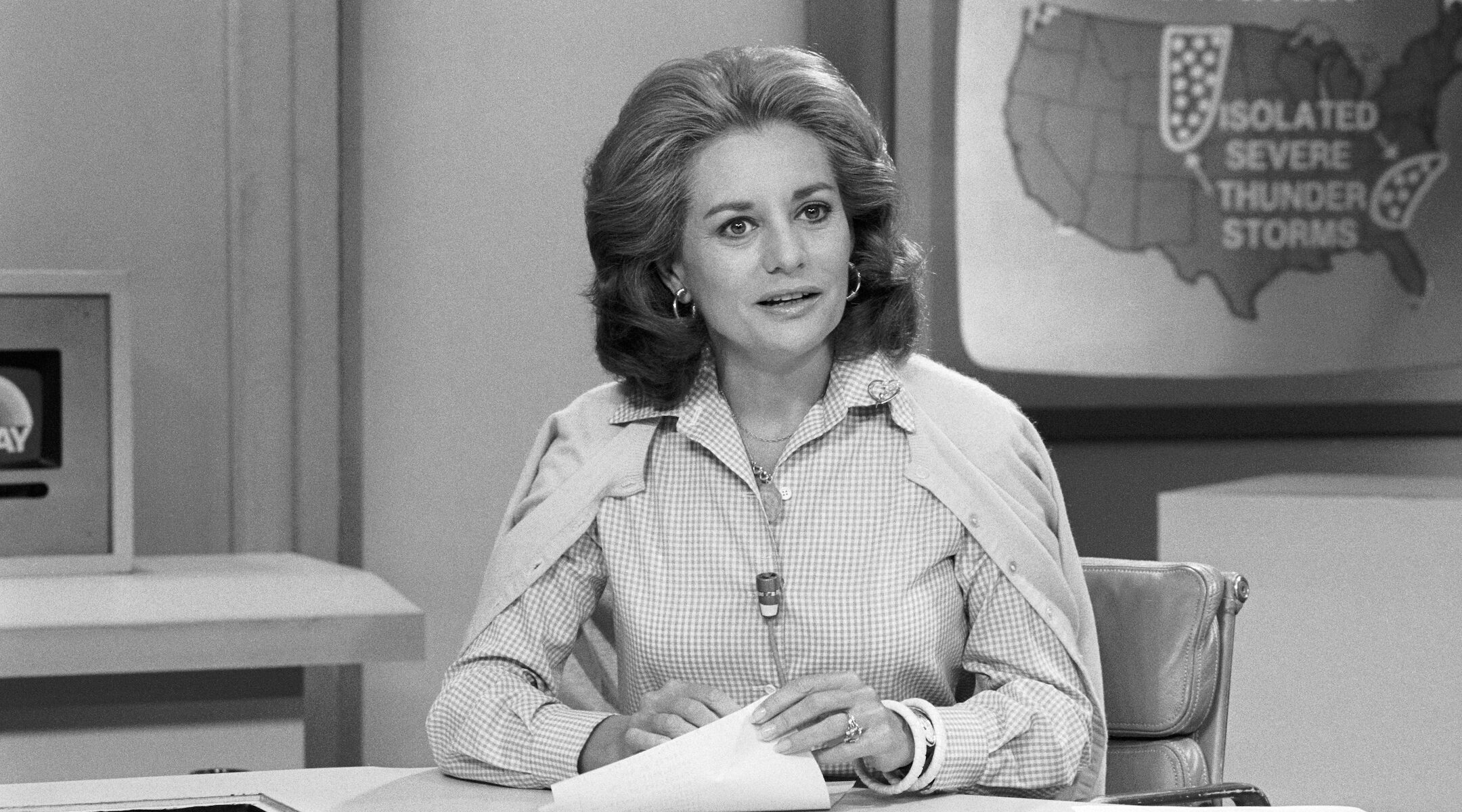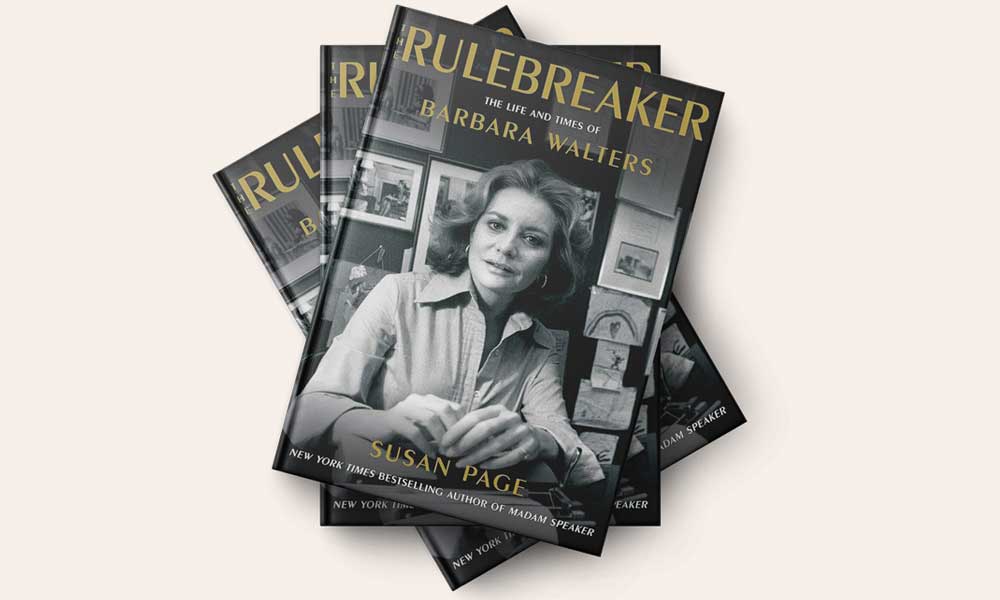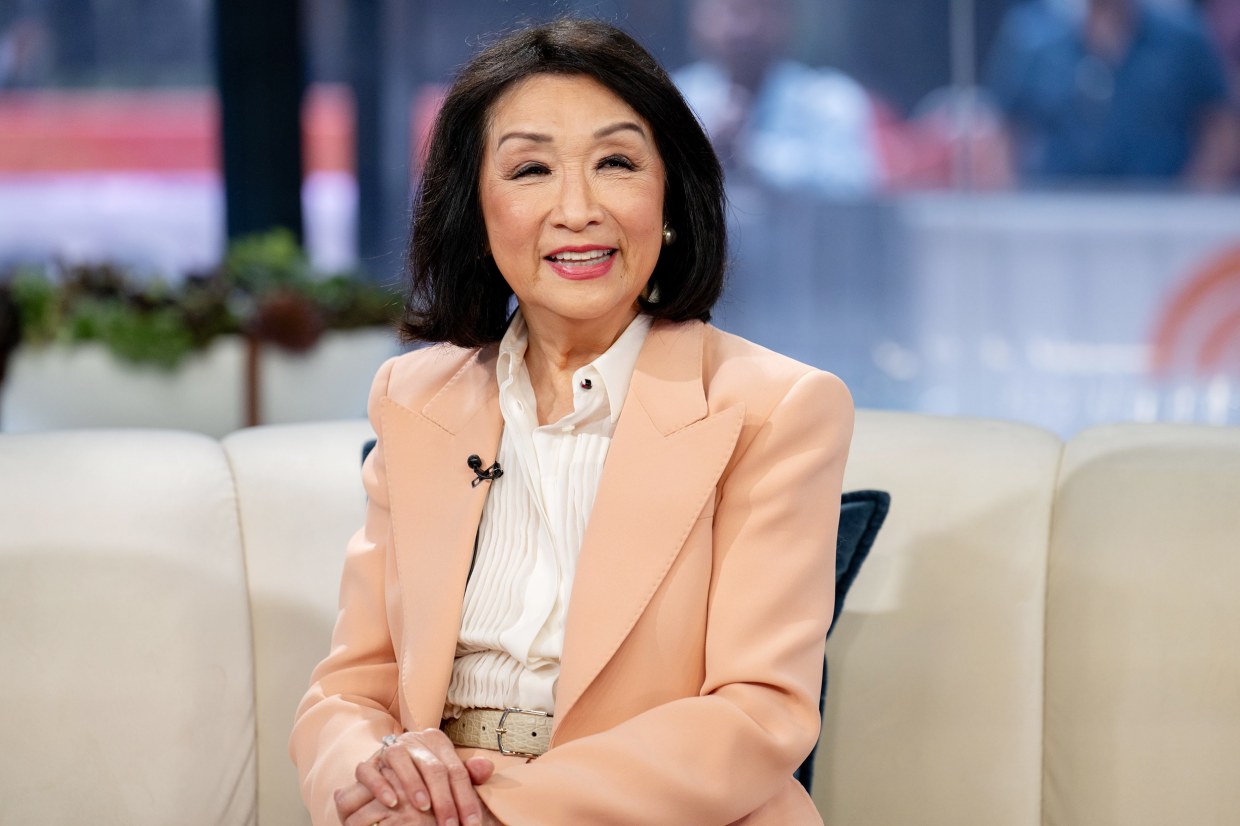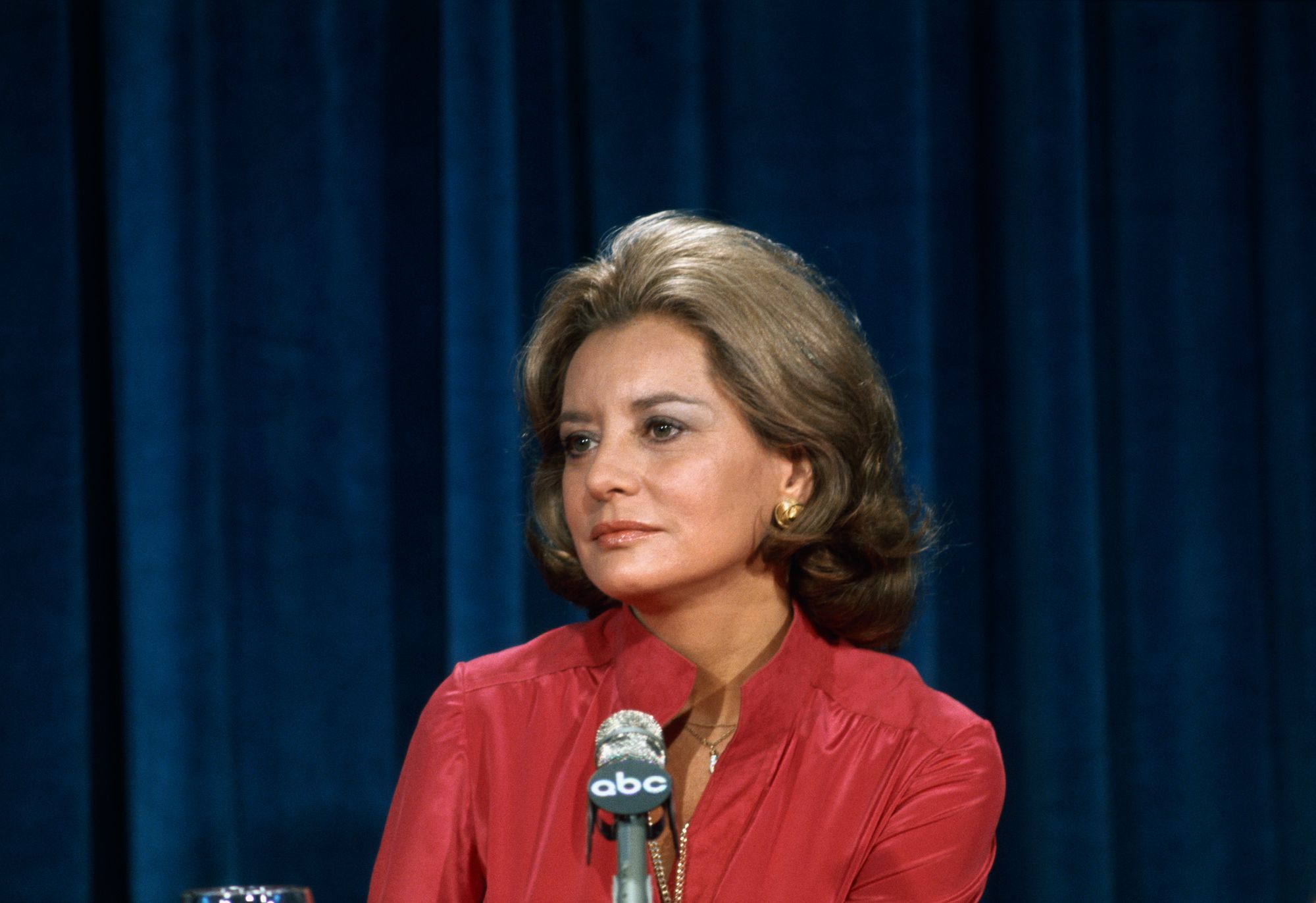
Barbara Walters, who passed away in 2022 at the age of 93, remains a singular figure in the history of television journalism. A pioneer by any measure, she broke ground for women in a field long dominated by men, achieving a level of fame and influence that few have matched.
Her career spanned five decades, beginning in the early 1960s, and saw her rise from a writer and researcher to a celebrated anchor and interviewer. The new documentary “Barbara Walters: Tell Me Everything,” now streaming, offers a fresh look at her storied life, exploring not only her professional triumphs but also the complexities of her personal life and relationships with fellow female anchors.

Before becoming a household name known for her probing interviews with everyone from world leaders to celebrities, Walters faced significant obstacles as a woman in the newsroom. She started at NBC’s “Today” show, where, as she recounted in the documentary, a cohost, Frank McGee, instituted a rule that she could not ask a question until he had asked three.
Later, upon joining ABC as the network’s first female, and eventually highest-paid, nightly news coanchor alongside Harry Reasoner, she described a deeply isolating environment. “I would walk into that studio, and Harry would be sitting with the stagehands, and they’d all crack jokes and ignore me,” Walters said in footage used in the doc. “No one would talk to me.”

She noted there was “not a woman on the staff,” calling it “the most painful period in my life.” This struggle against a male-dominated industry, where “so-called ‘hard news’” was thought to be beyond women’s capabilities, fueled her drive.
She carved out her niche by heading into the field, securing exclusive interviews that others couldn’t get, with figures ranging from Fidel Castro to Monica Lewinsky. The documentary highlights her relentless pursuit of the scoop, a characteristic central to her identity as a journalist.
This tireless battle for credibility and success may have also contributed to her complex relationships with other prominent women in television news. The film delves into her rumored rivalry with network colleague Diane Sawyer, often described as a “cold war.”

Susan Page, in her 2024 book “The Rulebreaker: The Life and Times of Barbara Walters,” suggested Sawyer seemed built to challenge Walters. Page noted that while Walters was “hot, intense, in your face,” Sawyer was “cool and aloof,” adding that “Diane glided. Barbara charged.”
Former 20/20 executive producer Victor Neufeld confirmed in the documentary that Walters was “unhappy” with Sawyer’s arrival, given their similar focus on major interviews. Producer Martin Clancy echoed this, saying Walters “watched Diane warily, because she was really in the same altitude as Barbara.”

Clancy felt that “Other correspondents were not a threat,” but he thought Walters “secretly resented Diane for being younger.” Cynthia McFadden, a former NBC correspondent and ABC News anchor, added another layer, noting Walters was “certainly dogged by Diane’s very existence.”
McFadden recalled Walters frequently referring to Sawyer as “the perfect woman,” even using the phrase “a blonde goddess.” For Walters, this physical ideal was something she felt she couldn’t compete with, though she believed she could “work harder” and “know more people.”

Sawyer, while not appearing in the documentary itself, acknowledged some friction in comments for Page’s book. She admitted that her arrival must have been “confusing to her because interviews had been her sole terrain.”
Sawyer explained that her own focus wasn’t solely on interviews, but she understood their importance to Walters. She recounted a particularly tense moment when both sought an interview with Katharine Hepburn; Sawyer ultimately secured it, despite Walters’ efforts.
Sawyer humorously recalled in documentary footage that if she “showed up on Mars,” there would likely be “a note there with the Barbara Walters stationery” requesting an interview. Despite the competitive moments, Sawyer also told Page that they spent “a lot of time laughing and forging a real friendship,” able to share things that were “very close to the bone.”
Walters herself, via voiceover in the documentary, downplayed the idea of a feud, stating, “I don’t think Diane Sawyer and I had a feud. I think people know that we were after the same [interview] gets.” Following Walters’ death, Sawyer paid tribute, calling her “a trailblazer, a singular force who opened the door for every woman in television news.”

Connie Chung also entered this competitive landscape when she joined ABC News in 1997. She described it as a “fatal mistake,” saying in the documentary, “Diane and Barbara were in this monstrous bout to win stories, and I was caught in the middle.”
Chung recalled Walters mentoring her early on, but found it “scary” once they were at the same network because Walters had power and “wanted to hold onto her power.” Chung observed that women were often given only “a tiny sliver of the pie,” leading to fierce competition among them.
She contrasted this with men in the field who “had the whole other piece of the pie” and could “swim in a greater body of work.” This dynamic meant “Barbara and Diane were battling each other as if they had to.”
Chung previously likened her experience to playing “a game of Whac-A-Mole,” where she’d pop up only for one of them to “have a hammer and go whack.” She even controversially compared being professionally “knee-capped” to “what Tonya Harding did to Nancy Kerrigan.”




